How to Clean Houseplant Leaves — Experts Say You Should Follow These Steps for Healthy and Flourishing Foliage
Dust-free leaves are essential to a plant's survival. Here, the professionals explain why

Houseplants with glossy, green leaves make our homes look lively and lush. Yet shiny dust-free foliage is about more than aesthetics. If you don't know how to clean houseplant leaves, discover the easiest ways here and why it's so important.
Decorating with plants obviously involves caring for them so they flourish. Neither the plant nor its environment will benefit from dusty or dry foliage. However, clean leaves are also integral to the plant's health.
"In nature, plants have the rain and the wind to keep their leaves dust and dirt-free, so they can soak up all that good light and photosynthesize," says Kamili Bell Hill, author, Happy Plants Happy You. "In your home, you have to do the job of the rain and wind and keep those leaves clean."
Discover more about why and how to keep your houseplants' leaves clean, according to experts.
How to Clean Houseplant Leaves

Cleaning plant leaves is not rocket science. However, if you have an indoor garden with various types and sizes of plants, some of them will require a different method to others.
Nastya Vasylchyshyna, resident botany expert at Plantum explains more about why we should clean our houseplants' leaves. "Firstly, wiping the dust off the plant's leaves improves its appearance, making it look brighter and more appealing.
"However, more importantly, regular cleaning helps houseplant leaves absorb more sunlight, thus boosting photosynthesis and promoting the nourishment and growth of the plant. It also supports its health by reducing the risk of pest infestations," says Nastya.
What You'll Need

Before you start cleaning your houseplants' leaves, make sure you have the following items.
Tools:
• A soft cloth, sponge or microfibre cloth — like this MR.SIGA Microfiber Cleaning Cloth from Amazon.
• A pair of cotton (or other soft fabric) gloves (optional for wiping leaves)
• A spray bottle. This Glass Reusable Cleaning Spray Bottle from Target should do the trick.
• Lukewarm water
• Peppermint castile soap. We like this Dr. Bronner's Pure Castile Soap from Target.
• Neem oil
• A soft brush, like a pastry brush or a make-up brush. For succulents and plants with delicate or fuzzy leaves. This PATIKIL Succulent Cleaning Brush from Amazon should do the trick.
Kamili, Bell Hill, author Happy Plants Happy You shares her homemade solution for healthy, glossy plant leaves and pest control.
"Forget the store-bought leaf shine products and mayonnaise," says Kamili. "Peppermint castile soap and neem oil are my go-to products for managing pests and keeping my plants looking their absolute dust-free best. This multi-use solution is all you’ll need. Sure, you can simply clean your plant’s leaves with a soft cloth, but adding this mix to the task takes it up a notch."
Kamili continues: "I use a solution of water, peppermint castile soap, and neem oil. I mix 1 quart (946 ml) of water with 1 teaspoon (5 ml) of castile soap and ½ teaspoon (2.5 ml) of neem oil. This solution cleans the plant and gives the leaves a beautiful natural shine. Commercial leaf shine products can build up on the leaves and give them an artificial plasticky look. And mayonnaise? Well, that is just all kinds of wrong."
A Detailed Guide to Cleaning Different Houseplants
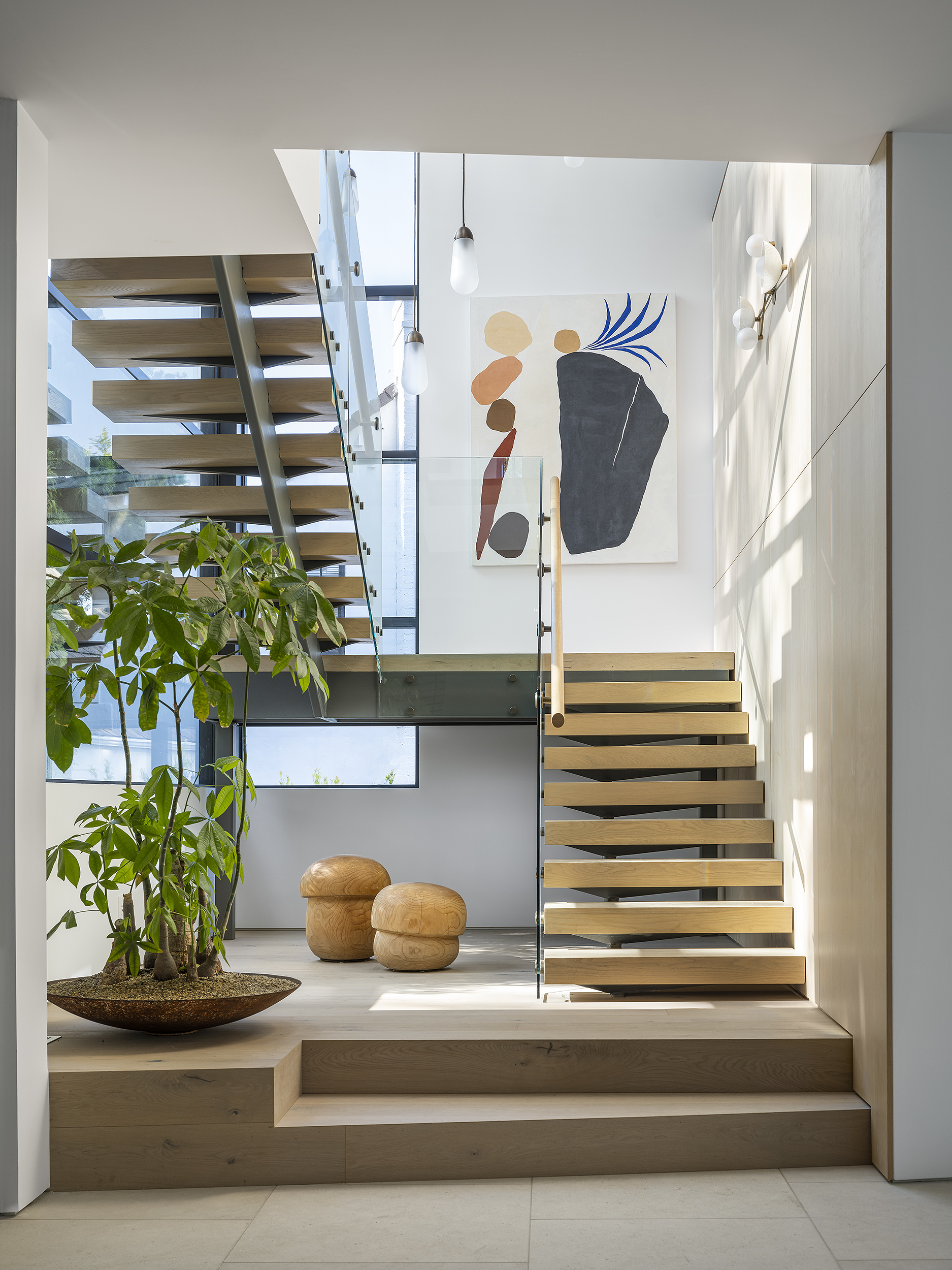
Whether you have a lush indoor garden or just a few potted plants, it's likely they will need their foliage cleaned in different ways, depending on the size and texture of the leaves. Nastya and Kamili explain the various ways to clean houseplants according to the type.
Wipe for a pest-free shine: If you have a pest problem, or want super shiny leaves, make up Kamili's castile soap and neem oil mix and use it instead of just water, otherwise lukewarm water will suffice.
"Wiping the foliage is the most effective approach for larger plants with fewer leaves like Monstera deliciosa, banana plants, or Strelitzias," says Nastya. "Use a soft cloth, sponge, or microfiber towel to avoid scratching the leaves. Dampen the cloth in lukewarm water and wipe each leaf individually, supporting it from underneath to prevent tearing.
Wipe the underside of leaves: "While you don’t need to wipe the undersides of the leaves for light absorption, it’s a good idea to do so, especially if you notice dirt, water stains, or pests. This helps keep the stomata clear and functioning properly," explains Nastya. "Dust can clog the stomata — tiny pores on leaf surfaces that are essential for water loss (also known as transpiration) and gas exchange. Moreover, dusty leaves may attract pests, particularly spider mites and sometimes aphids.
Wipe with cotton gloves: Kamili likes to wear a pair of cotton gloves instead of using a cloth to wipe large plant leaves. They can be washed after you've used them. "A pair of cotton (or any soft fabric) gloves cuts cleaning time down in half," says Kamili. "You can easily wipe the tops and bottoms of leaves with your two gloved hands. The bottom of the leaf is where most creeps hide, so do not skip it even if you can’t see them there."
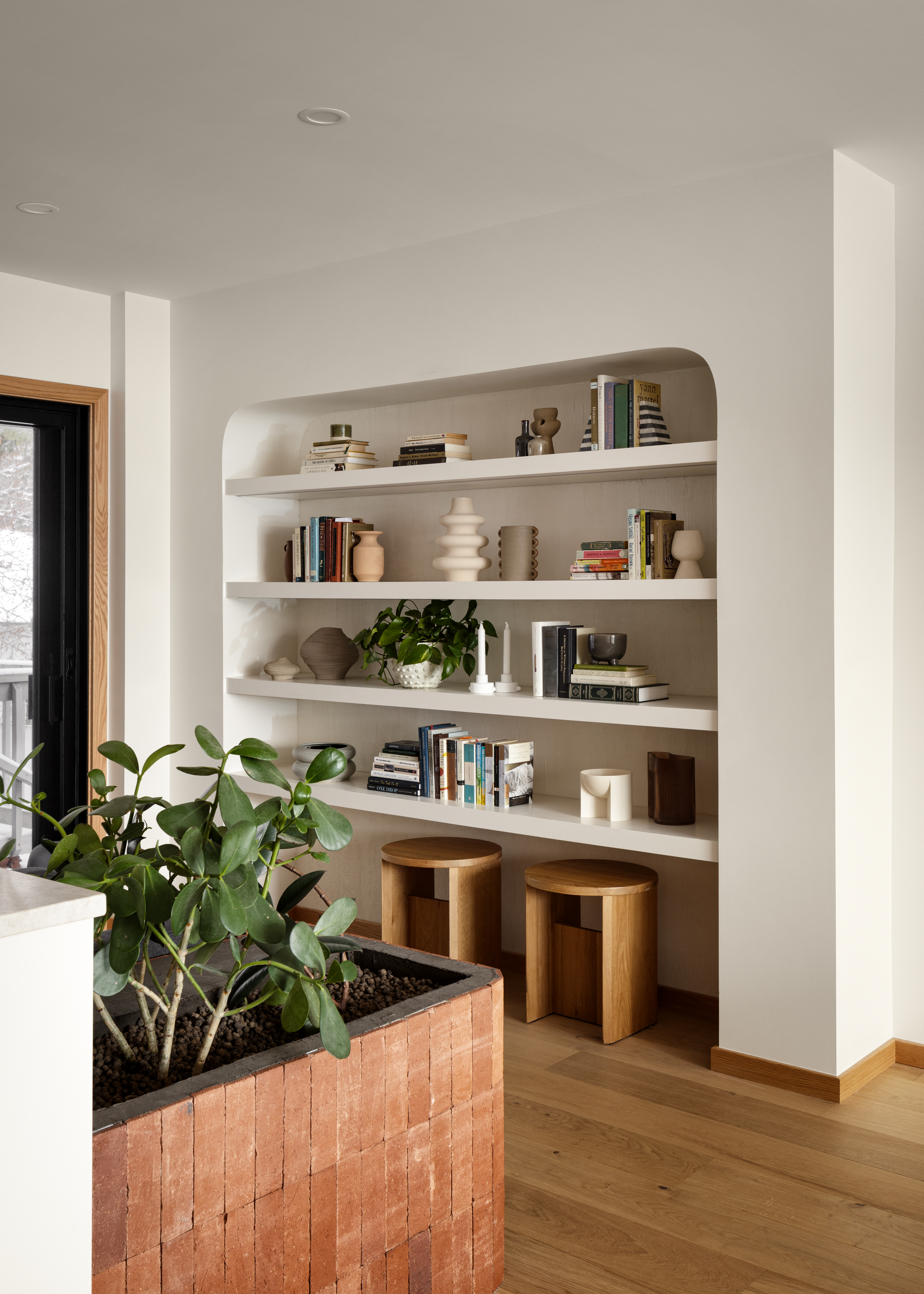
Shower small-leaf plants: However, wiping won’t work for plants with smaller leaves, as it’ll be very time-consuming. "Instead, you can rinse them under a gentle stream of lukewarm (not hot) water in the shower or use a sprayer filled with clean water for plants with delicate foliage," says Nastya.
"Showering and spraying aren’t suitable for succulents and other plants that can’t tolerate moisture on their leaves. Likewise, be careful when cleaning flowering plants this way to avoid getting water on the blooms.
Brush delicate leaves: "Wiping with a damp cloth isn’t the right option for plants with delicate and fuzzy leaves either, such as violets, certain Kalanchoe varieties, Platycerium, and similar species," explains Nastya.
Nastya continues: "For these, use a dry microfiber cloth or soft brush to gently wipe away the dust. Avoid direct contact with plants that have a waxy coating on their foliage, for example Echeveria and other succulents, as this can damage their protective layer for good. It’s best to blow off the dust or carefully brush it away."
FAQs
How often should you clean your houseplants' leaves?
Consider how quickly dust builds up on surfaces in your home, and this will give you an idea of how often your plants' leaves will need cleaning. According to Nastya at Plantum, once or twice a month is generally sufficient.
"To avoid any issues, make sure to wipe the dust and dirt off the foliage about every 2–4 weeks," says Nastya. "Dust and dirt buildup, along with mineral deposits from hard water sprayed on leaves, partially block a plant from taking in sunlight.
"As less light reaches the chlorophyll, the plant's ability to produce energy through photosynthesis reduces. Over time, this can seriously affect the plant's health and growth."
Be The First To Know
The Livingetc newsletters are your inside source for what’s shaping interiors now - and what’s next. Discover trend forecasts, smart style ideas, and curated shopping inspiration that brings design to life. Subscribe today and stay ahead of the curve.
Jacky Parker is a London-based freelance journalist and content creator, specialising in interiors, travel and food. From buying guides and real home case studies to shopping and news pages, she produces a wide range of features for national magazines and SEO content for websites
A long-time contributor to Livingetc, as a member of the team, she regularly reports on the latest trends, speaking to experts and discovering the latest tips. Jacky has also written for other publications such as Homes and Gardens, Ideal Home, Red, Grand Designs, Sunday Times Style and AD, Country Homes and Interiors and ELLE Decoration.
-
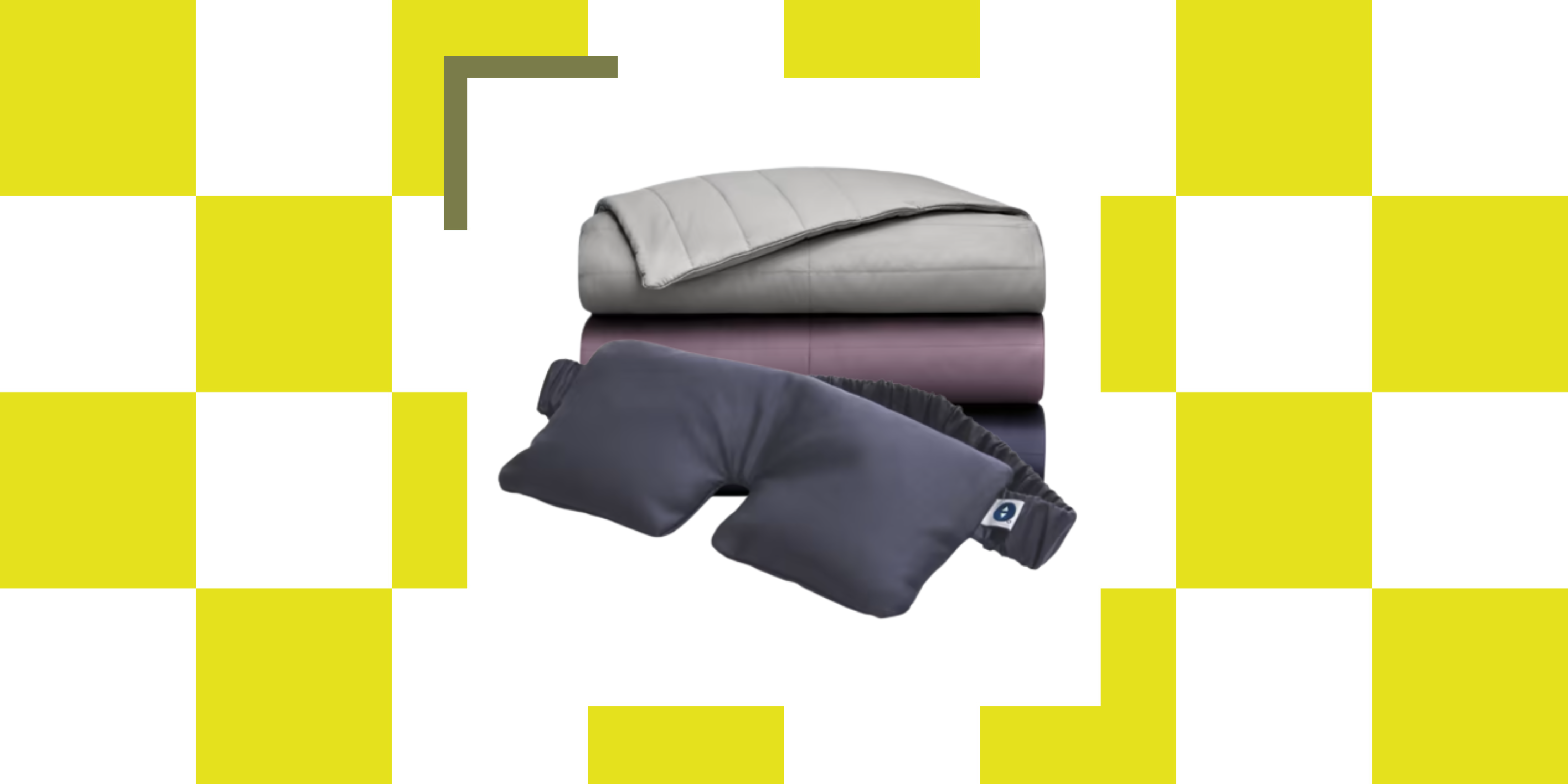 The Weighted Blanket That Doesn’t Make You Sweat (and the Eye Mask to Match)
The Weighted Blanket That Doesn’t Make You Sweat (and the Eye Mask to Match)Luxury has weight. And apparently, volcanic minerals
By Julia Demer
-
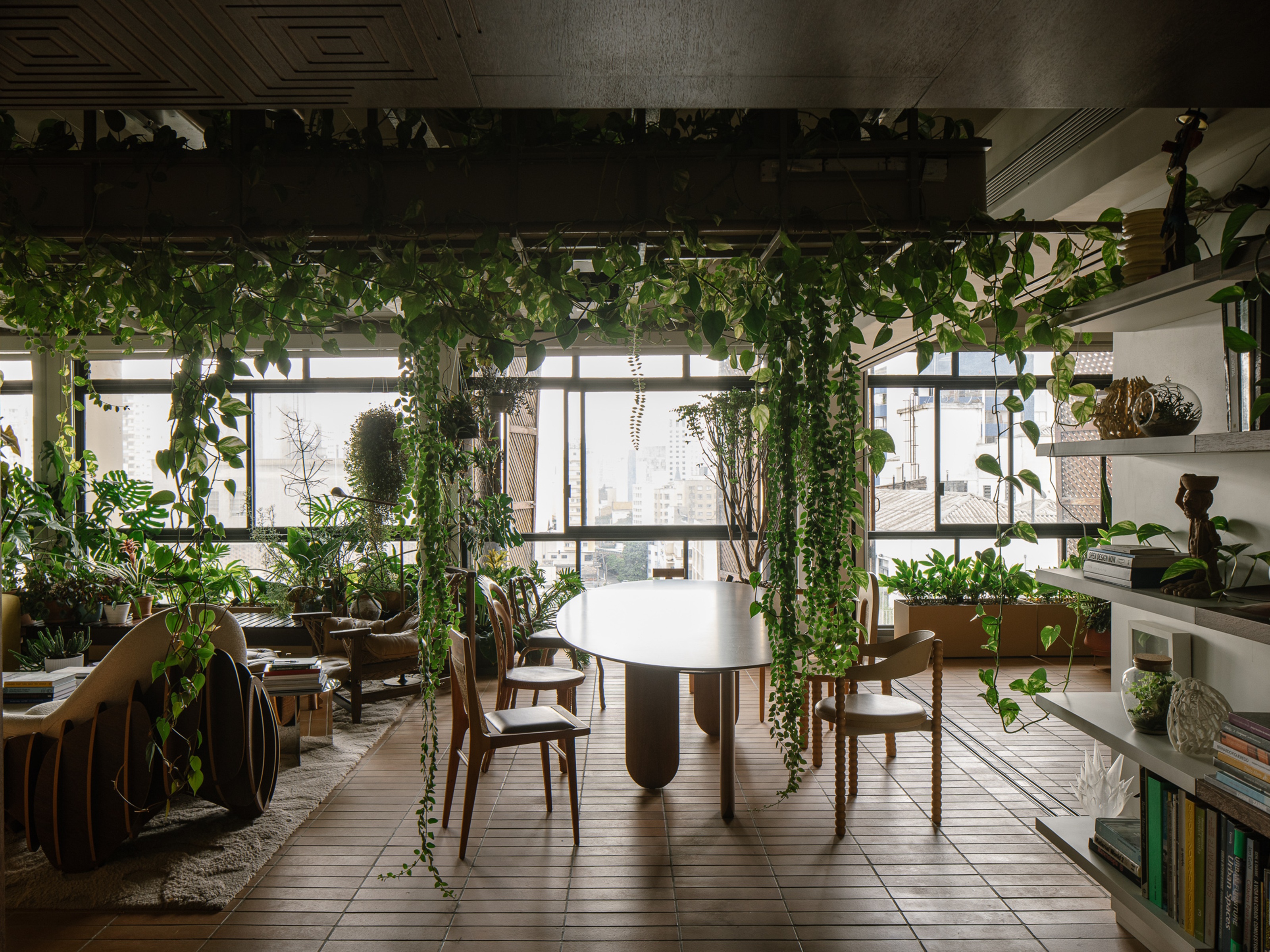 What Is Biophilic Interior Design? I'm an Actual Biophilic Designer, and This Is How to Apply It to Your Home
What Is Biophilic Interior Design? I'm an Actual Biophilic Designer, and This Is How to Apply It to Your HomeA biophilic designer explains the core principles of this practice, and the easy ways you can apply it to your home's design
By Marianna Popejoy
-
 These Are the Dos and Don'ts of Bamboo Plant Placement — Follow This to Avoid Bad Feng Shui
These Are the Dos and Don'ts of Bamboo Plant Placement — Follow This to Avoid Bad Feng ShuiBy following the experts' guidance on where to place this houseplant you can usher luck, wealth, and prosperity into your home
By Lilith Hudson
-
 Is It Okay to Have a Mirror Facing a Door in Feng Shui? The Verdict Is In and It Just Might Surprise You
Is It Okay to Have a Mirror Facing a Door in Feng Shui? The Verdict Is In and It Just Might Surprise YouDecorating your home with mirrors calls for intention if you're dressing your space in accordance with Feng Shui. Here's what you should know.
By Amiya Baratan
-
 4 Things to Unpack as Soon as You Move House — For a Comfortable and Organized Fresh Start
4 Things to Unpack as Soon as You Move House — For a Comfortable and Organized Fresh StartIf you have a major move in the works and you're looking to prepare in advance, this is the starter kit you need to properly set up your new home.
By Amiya Baratan
-
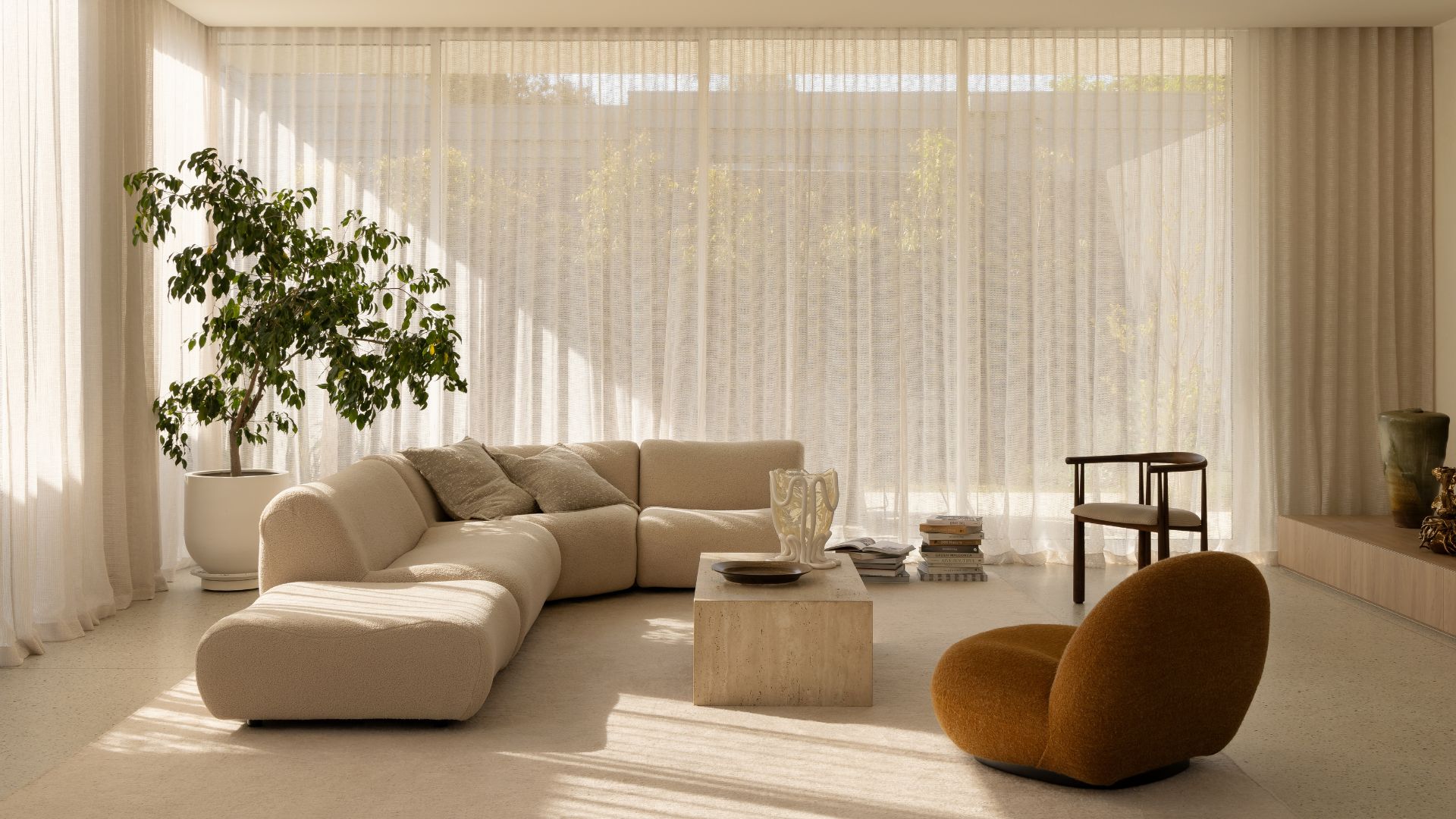 10 Decluttering Challenges to Have on Your Radar This Year — For a Tidier, More Mindful Home
10 Decluttering Challenges to Have on Your Radar This Year — For a Tidier, More Mindful HomeIf you're interested in transforming your home for the better, here are 10 decluttering challenges I recommend for a professionally tidy space.
By Amiya Baratan
-
 Biophilic Decluttering — What to Take Out of Your Home (and What to Put in) for a More Natural Home
Biophilic Decluttering — What to Take Out of Your Home (and What to Put in) for a More Natural HomeTry your hand at biophilic decluttering to ground your interiors, connect to the environment, and cure chronic clutter in one go. Here's how.
By Amiya Baratan
-
 The 10 Different Types of Kitchen Taps — And the Pros and Cons of Each One to Know Before You Pick
The 10 Different Types of Kitchen Taps — And the Pros and Cons of Each One to Know Before You PickFrom sleek pull-outs to vintage bridge taps, explore 10 kitchen tap styles that mix function, flair, and a splash of cool
By Linda Clayton
-
 How Much Does an Extension Cost in 2025? Renovation and Design Experts Break Down Your Budget
How Much Does an Extension Cost in 2025? Renovation and Design Experts Break Down Your BudgetExplore how much different types of extensions cost in 2025 to budget for your project accurately
By Amy Reeves
-
 9 Bathroom Storage Mistakes You're Probably Making That Make Using This Space Much Harder — And What to Do Instead
9 Bathroom Storage Mistakes You're Probably Making That Make Using This Space Much Harder — And What to Do InsteadDiscover which mistakes are to blame for your overcrowded and cluttered bathroom
By Seraphina Kyprios